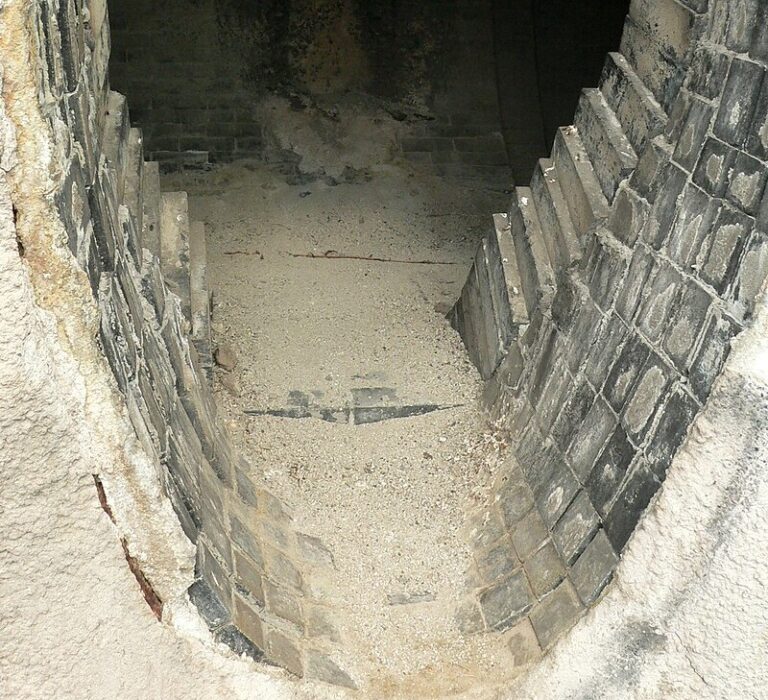Firebrick heat storage technology, not batteries, will be used to store energy for industrial process heat in a 100% renewable energy system, says a Stanford University study.
Heat storage from refractory bricks for industrial processes could replace approximately 14% of battery capacity globally by 2050 in a 100% renewable energy system, compared to a baseline scenario without refractory bricks. a study by Stanford professor Mark Jacobson and three Stanford colleagues.
Firebricks are made from common materials and the cost of a firebrick storage system is less than one-tenth the cost of a battery system of equal capacity, the study found. Refractory bricks can be heated to high temperatures with external resistance heaters, while a type of refractory bricks that are electrically conductive can be heated with an electric current that carries away the heat.
The U.S. Department of Energy may provide up to $75 million to support two projects Refractory heat storage projectssaying the technology is “highly replicable.”
Firebrick systems powered by renewable energy could be used for up to 90% of industrial process heat applications, the Stanford study said. To meet that demand in the US, a system capacity of 2.6 TWh would be required, with a peak discharge of 170 GW.
Producing industrial heat from renewable energy sources would reduce industrial combustion emissions, which currently account for 9.6% of U.S. emissions across all sectors.
Globally, refractory brick systems for industrial process heat could reach a maximum power discharge capacity of 2,100 GW under a 100% renewable energy system, the study found.
At that scale, refractory brick systems could not only replace 14% of battery capacity, but also reduce annual hydrogen production for grid electricity by approximately 31%. underground heat storage Capacity by approximately 27%.
Cost comparison
The current value of heat storage capacity from refractory bricks will be $6/kWh equivalent electricity in the period 2020 to 2050, the study said.
That cost projection starts with the expected cost for a battery system in 2035. An installed battery pack will cost approximately $60/kWh in 2035, or $240/kW for 4-hour batteries, and will use that value for the period from 2020 to 2050 The study notes that prices may fall below $60/kWh by 2035, citing a report that lithium iron phosphate battery pack prices from Chinese manufacturers CATL and BYD were around $56/kWh last January.
The research then uses an estimate from the developer of a Firebrick system Rondo energy that the cost per kWh of heat from a flint system will be approximately one-tenth of the cost per kWh of electricity from a battery system.
Because one-tenth of $60 is $6, the study uses $6/kWh costs for flint systems in its analysis.
The study also cites a 2019 study stating that preliminary cost estimates at the time indicated that a refractory system cost nearly $10/kWh.
The open-access article, published in PNAS Nexus, is titled “Effects of refractory bricks for industrial process heat on the cost of matching industry-wide energy demand with 100% wind-water-solar supply in 149 countries.”
This content is copyrighted and may not be reused. If you would like to collaborate with us and reuse some of our content, please contact: editors@pv-magazine.com.


